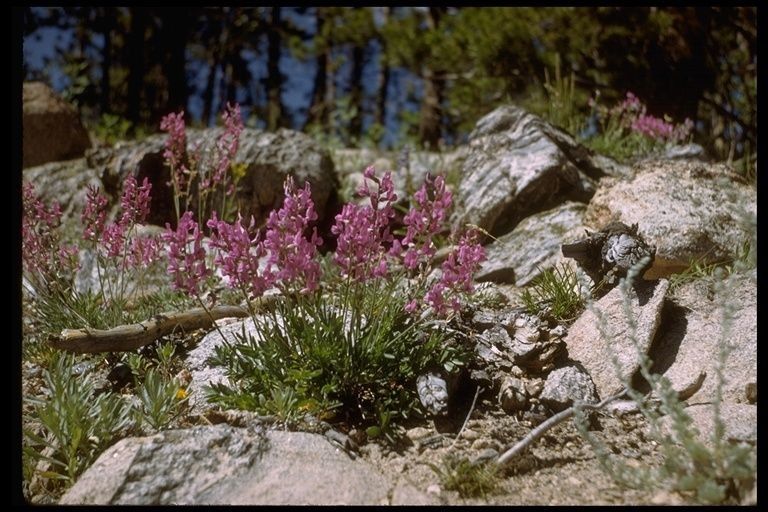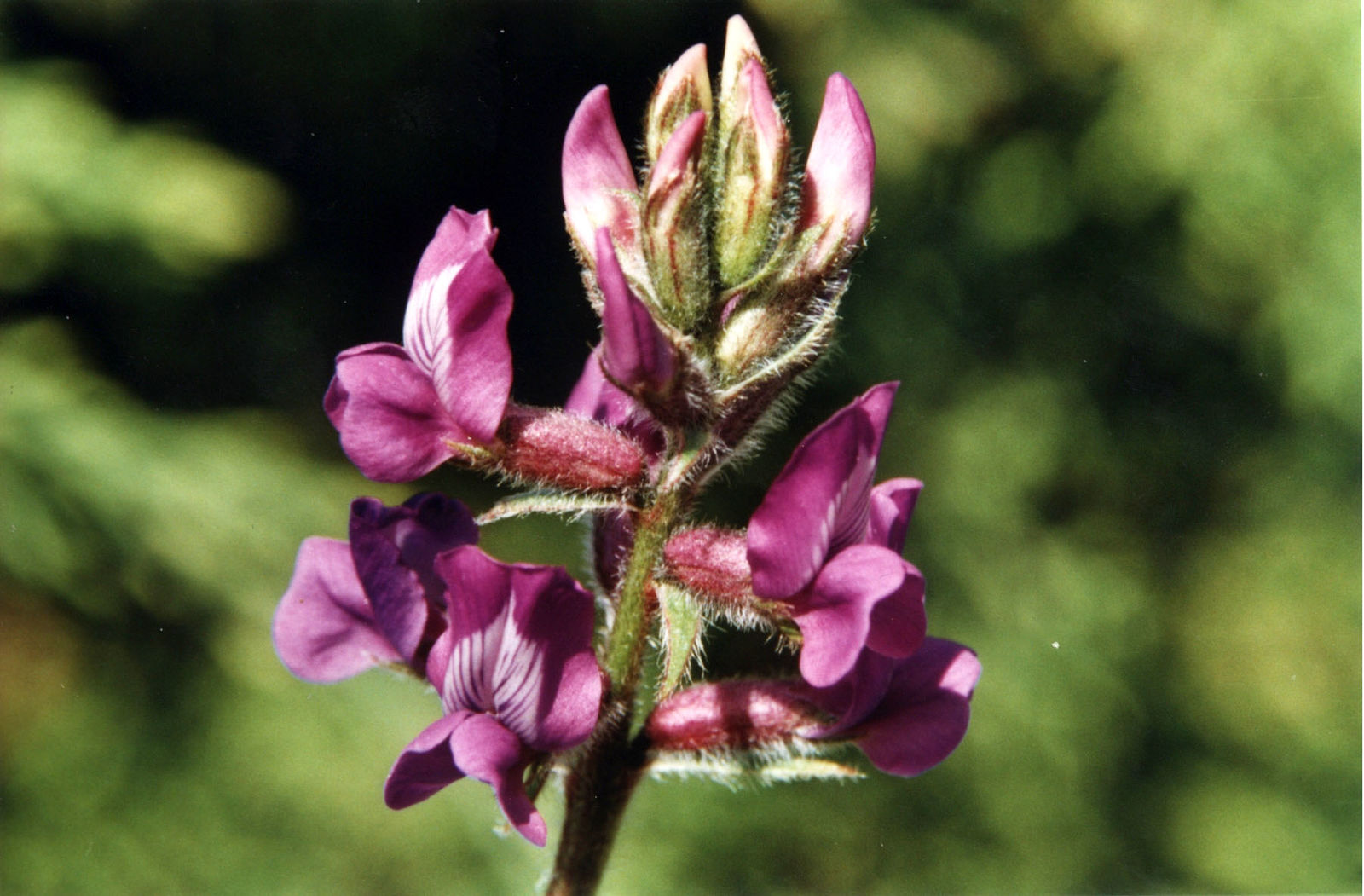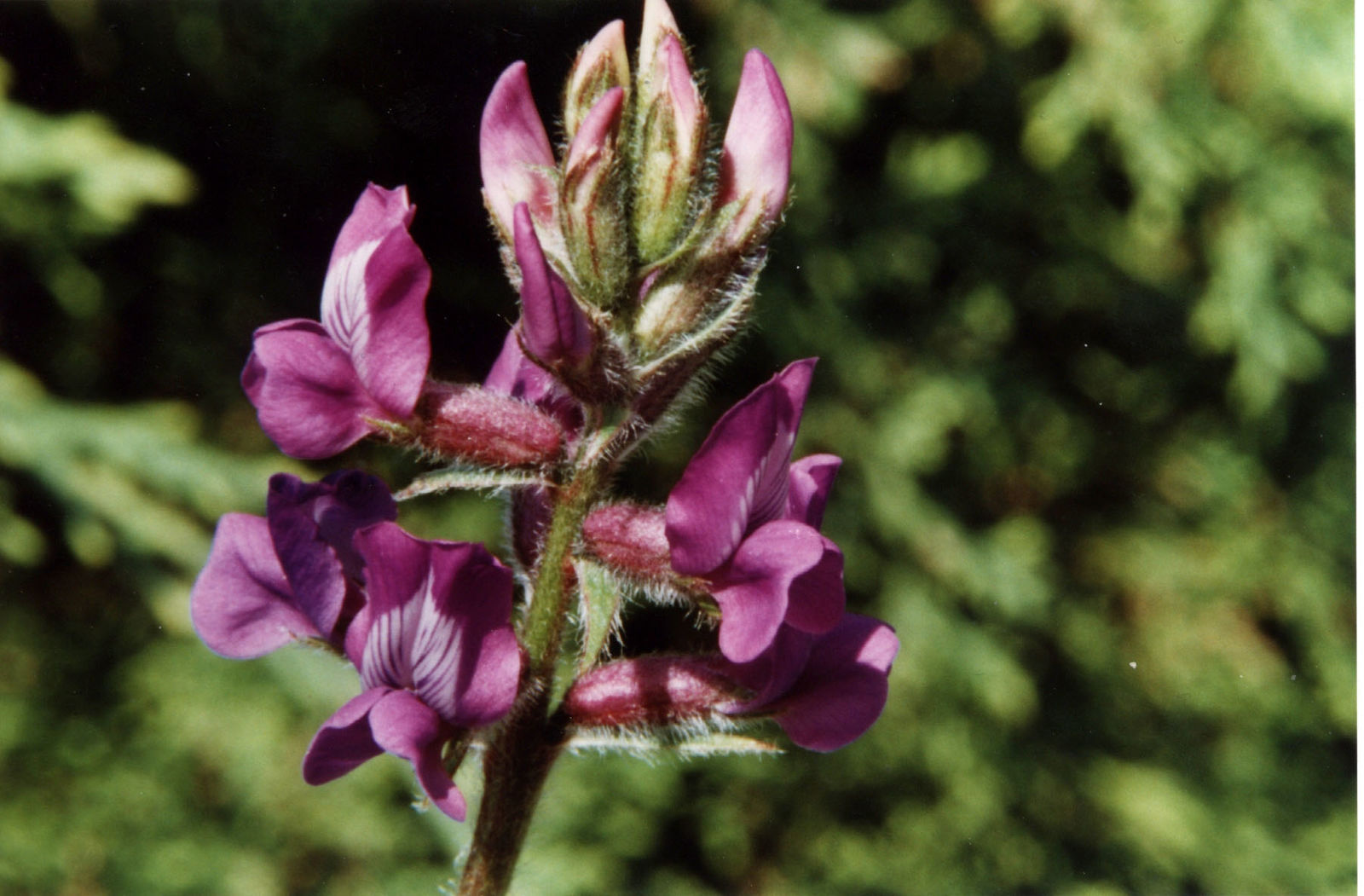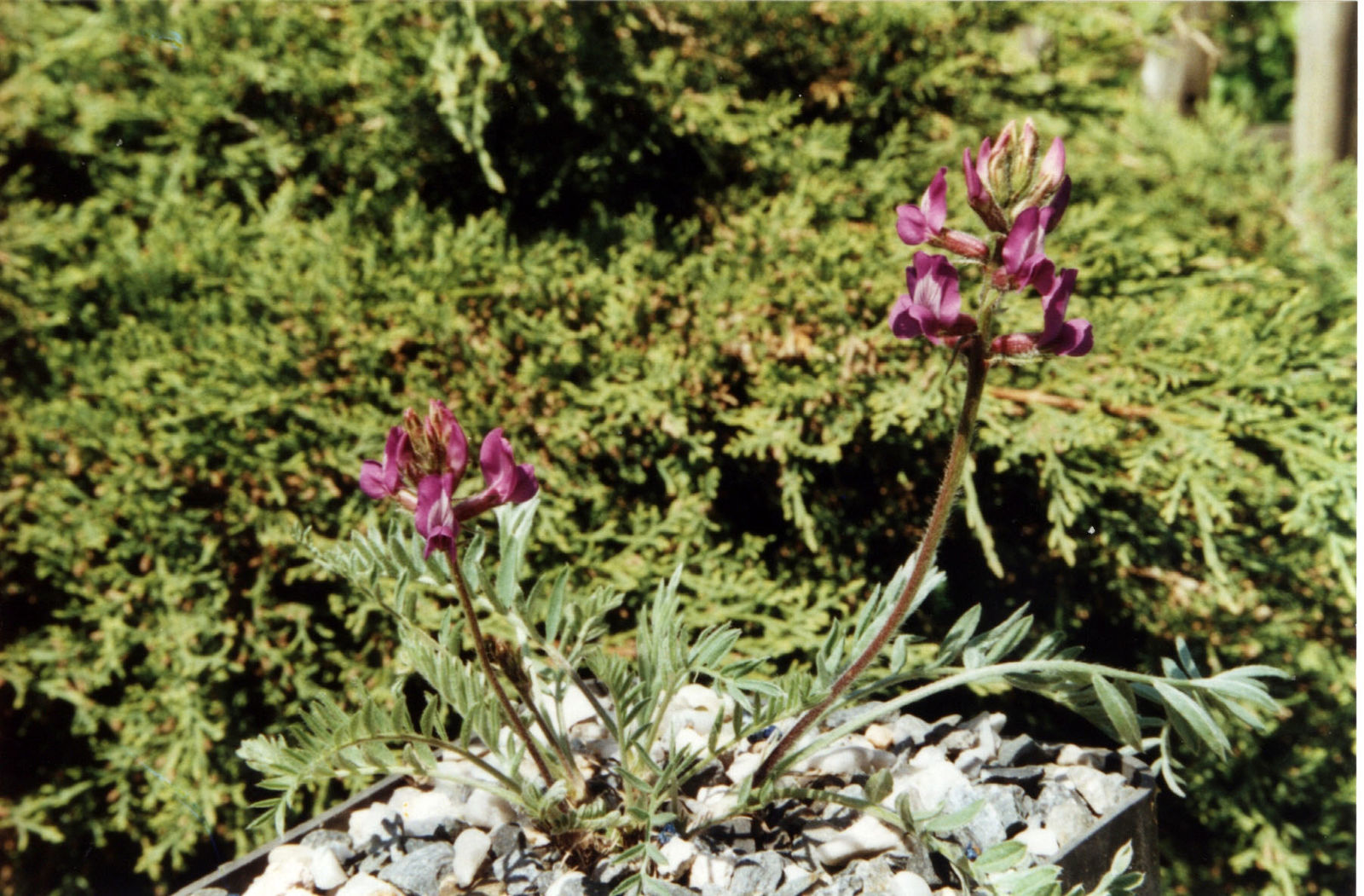Woolly Locoweed
oxytropis lambertii
Also known as: ["Purple Locoweed","Lambert's Oxytropis"]
Overview
A perennial herbaceous plant native to North America, known for its purple flowers and toxic properties.
Benefits & Perks
["wildlife attractant (bees, butterflies, birds)","drought tolerant","rare/collector’s item"]
Botanical Classification
| Phylum: | Magnoliophyta |
| Class: | Magnoliopsida |
| Order: | Fabales |
| Family: | Fabaceae |
| Genus: | Oxytropis |
| Botanical Name: | Oxytropis lambertii |
Plant Characteristics
Basic Information
- Category: Flowers
- Suitable Location: rock gardens, slopes, or open meadows with good drainage
- Suitable For:
- Is Weed: No
- Allergenicity: low
Environmental Needs
- Climate: {"temperatureRange":"–30–40°C"}
- Hardiness: {"zones":"3–8"}
- Misting: rarely required, only if ambient humidity is very low
- Drainage: Fast-draining to prevent root rot.
- Soil Type: Well-draining, sandy, or loamy soil with low organic matter.
Maintenance Level
- Maintenance Level: low
- Toughness Level: high
- Pruning Frequency: Annually after flowering or as needed to remove dead growth.
- Pruning Intensity: Light to moderate; remove only dead or overgrown stems.
Care Details
Ideal Sunlight Coverage:
Full sun (6–8 hours/day); tolerates partial shade in intense summer heat.
Sunlight Tolerance Tips:
Acclimate gradually to full sun to prevent scorching; provide afternoon shade in hot climates; ensure good air circulation to avoid fungal issues.
Care Requirements
Care Difficulty
moderatemoderate
Sunlight
full sun to partial shade
Rotate plant for even light; avoid direct midday sun in summer; provide shade during extreme heat.
Watering
every 7–10 days during active growth, reduce in winter
Water thoroughly but infrequently; ensure soil dries between waterings; avoid overwatering, especially in winter.
Soil
well-drained, sandy or loamy soil with low fertility
pH: Slightly alkaline to neutral (pH 7.0–7.5).
Ensure excellent drainage; avoid heavy clay soils; use a gritty mix for best results.
Temperature
Prefers cool to moderate temperatures (50–75°F); tolerates cold but not extreme heat.
Avoid sudden temperature changes; protect from frost; provide shade in summer.
Fertilizing
every 4–6 weeks during spring and summer, none in fall and winter
Avoid over-fertilizing; fertilize only in active growth; use a slow-release formula if preferred.
Propagation
Methods
Seed propagation is most reliable; stem cuttings are challenging and less common.
Step-by-Step Propagation Guide
- Sow seeds shallowly.
- Keep moist.
- Provide warmth.
- Transplant when seedlings are established.
Best Time: Spring, when the plant is actively growing.
Environment
Warm (65–75°F), bright indirect light, and consistent moisture.
Medium
Well-draining seed starting mix or sandy loam.
Hormone
Not typically required for seeds; rooting hormone may help with cuttings.
Timeline
Seeds may take 3–6 weeks to germinate; cuttings may root in 4–8 weeks.
Tools Needed
Seed trays, pots, well-draining soil, water spray bottle.
Quick Tips
Sow seeds in early spring; keep soil consistently moist but not waterlogged; thin seedlings as needed.
Pruning & Repotting
Pruning Guide
Method
Cut stems back to the base or just above a healthy bud.
Pruning Plan
Minimal pruning needed; focus on removing dead or damaged stems after flowering.
Tools
Pruning shears, sterilized scissors.
Checklist
Sterilize tools; prune after flowering; remove dead growth; avoid over-pruning.
Repotting Guide
Best Season
Early spring before new growth begins.
Pot Size
One size up from current pot; ensure adequate drainage holes.
Method
Use a well-draining soil mix; gently tease out roots if pot-bound; ensure good drainage.
Suggestions
Not typically required unless grown in containers; repot every 2–3 years if needed.
Checklist
Use fresh soil; check root health; ensure proper drainage; water lightly after repotting.
Advanced Care Tips
Watering Mastery
Watering Checklist
Check soil moisture; water deeply; ensure drainage; adjust for season.
How to Apply Water Properly
Water at the base of the plant, ensuring moisture reaches the root zone; allow excess water to drain away; water in the morning to reduce evaporation and fungal risk.
Watering Schedule Tips
Water deeply once the top inch of soil is dry; reduce frequency in winter to prevent root rot.
Soil Improvement
Add sand or perlite to improve drainage; use a cactus or succulent mix as a base.
Temperature Stress Management
Signs of Temperature Issues
Wilting, leaf drop, or browning in excessive heat; stunted growth or yellowing in cold stress.
Cold Stress
Slows growth; may cause root damage if soil freezes; reduces flowering.
Solution: Protect from frost; mulch to insulate roots; avoid overwatering in cold conditions.
Hot Stress
Leaves may scorch, wilt, or drop; reduced flowering; increased susceptibility to pests.
Solution: Provide afternoon shade; increase humidity; water deeply but infrequently.
Fertilizing Guide
Fertilizing Checklist
Use diluted fertilizer; apply in spring; avoid during dormancy.
Fertilizing Method
Use a balanced, low-nitrogen fertilizer diluted to half strength; fertilize once in early spring before flowering.
Common Problems & Solutions
Toxicity Warning
Cats
ToxicCats are also susceptible to the toxic effects of Oxytropis lambertii due to the presence of swainsonine. This alkaloid causes locoism, leading to neurological impairment, weight loss, and other systemic effects.
⚠️ Symptoms:
🌿 Toxic Parts:
⚡ Toxic If:
if eaten
Dogs
ToxicIn dogs, ingestion of Oxytropis lambertii can lead to locoism, a condition caused by the alkaloid swainsonine. This disrupts normal cellular processes, resulting in neurological damage, weight loss, and severe behavioral changes.
⚠️ Symptoms:
🌿 Toxic Parts:
⚡ Toxic If:
if eaten
Humans
ToxicOxytropis lambertii, commonly known as Lambert's locoweed, contains swainsonine, an indolizidine alkaloid that inhibits the enzyme mannosidase II, leading to the accumulation of mannose-containing oligosaccharides in cells. This disrupts normal cellular metabolism, causing a condition known as 'locoism,' characterized by neurological dysfunction, weight loss, and behavioral changes.
⚠️ Symptoms:
🌿 Toxic Parts:
⚡ Toxic If:
if eaten
Frequently Asked Questions
Q: Is Oxytropis lambertii toxic to livestock?
A: Yes, it is highly toxic to livestock, including cattle, sheep, and horses, causing neurological damage.
Q: Does Oxytropis lambertii require special care?
A: It is drought-tolerant and requires minimal maintenance, but it should not be planted in areas accessible to livestock.
Q: What is the ecological role of Oxytropis lambertii?
A: It serves as a food source for pollinators like bees and butterflies, contributing to biodiversity in its native habitats.
Quick Reference
| Family: | Fabaceae |
| Care: | moderate |
| Light: | full sun to partial shade |
| Water: | every 7–10 days during activ |
Get Expert Care Tips
Download the Plantious app for personalized care reminders and plant identification!
Google Play App Store








